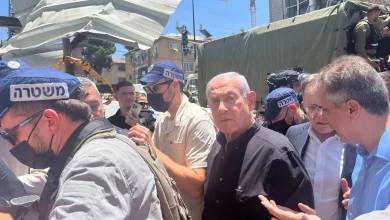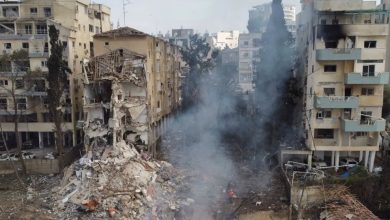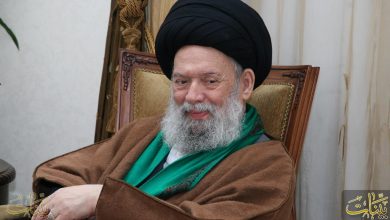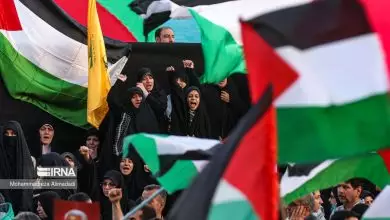Iran Asks Interpol to Issue Red Notice for 4 Culprits in Nuclear Scientist’s Assassination
Spokesman of Iran’s Police Brigadier General Mehdi Hajian said that the country has called on the Interpol to issue red notice for four individuals who have been involved in the assassination of the top nuclear scientist, Martyr Mohsen Fakhrizadeh.
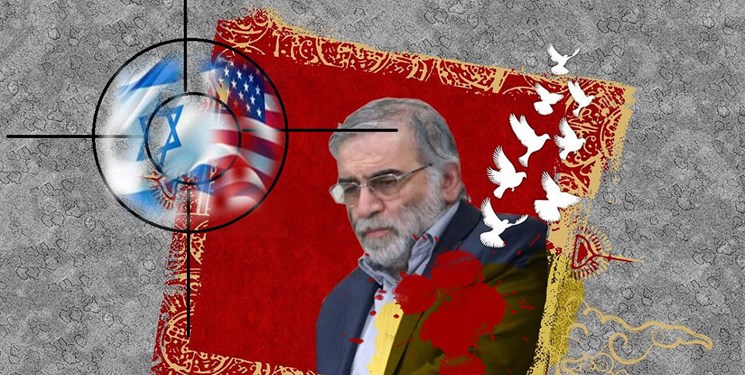
“The request for issuance of red notice has been given to the Interpol on 4 culprits of the terror attack against martyr Fakhrizadeh,” Hajian said.
He added that a defense bill has also been prepared for Interpol’s issuance of red notice on assassins and those who have ordered the assassination of anti-terror commander Lieutenant General Qassem Soleimani.
In relevant remarks last week, Iran’s Judiciary Spokesman Gholam Hossein Esmayeeli said that Tehran has asked Interpol to issue a red notice for all perpetrators and masterminds of the assassination of Islamic Revolution Guards Commander (IRGC) anti-terror Commander Lieutenant General Qassem Soleimani.
“Iran has asked the Interpol for the apprehension of the US president and 47 others in connection with the assassination of Lieutenant General Qassem Soleimani near the Iraqi capital, Baghdad, last year,” Esmayeeli announced on Tuesday.
He added that Iran has identified 48 people in connection with the targeted terror attack and that includes US President Donald Trump, Pentagon officials and terrorist American forces in the region.
The spokesman said Tehran has made it clear in its request the role each individual played in the brutal assassination and emphasized that Iran would seriously pursue the case to bring the perpetrators to justice.
Lieutenant General Soleimani was assassinated in a US drone strike on Baghdad International Airport in Iraq on January 3, 2020.
The airstrike also martyred Abu Mahdi al-Muhandis. The two were martyred in an American airstrike that targeted their vehicle on the road to the airport.
Five Iranian and five Iraqi military men were martyred by the missiles fired by the US drone at Baghdad International Airport.
On January 8 and after the funeral ceremony of General Soleimani, the IRGC Aerospace Force started heavy ballistic missile attacks on US Ein Al-Assad airbase in Southwestern Iraq near the border with Syria and a US operated airbase in Erbil in retaliation for the US assassination of General Soleimani.
Ein Al-Assad is an airbase with a 4km runway at 188m altitude from sea levels, which is the main and the largest US airbase in Iraq. Early reports said the radar systems and missile defense shields in Ein Al-Assad failed to operate and intercept the Iranian missiles. Unofficial reports said the US army’s central radar systems at Ein Al-Assad had been jammed by electronic warfare.
The second IRGC reprisal attack targeted a US military base near Erbil airport in Iraqi Kurdistan Region in the second leg of “Martyr Soleimani” reprisal operation.
Iraq said the attacks had not taken any toll from its army men stationed at these two bases. The US army had blocked entrance into Ein Al-Assad to everyone, including the Iraqi army.
The IRGC officials said none of the missiles had been intercepted.
Meantime, Iran announced in late June that it had issued arrest warrants for 36 officials of the US and other countries who have been involved in the assassination of the martyred General Soleimani.
“36 individuals who have been involved or ordered the assassination of Hajj Qassem, including the political and military officials of the US and other governments, have been identified and arrest warrants have been issued for them by the judiciary officials and red alerts have also been issued for them via the Interpol,” Alqasi Mehr said at the time.
He said that the prosecuted individuals are accused of murder and terrorist action, adding that US President Donald Trump stands at the top of the list and will be prosecuted as soon as he stands down presidency after his term ends.


